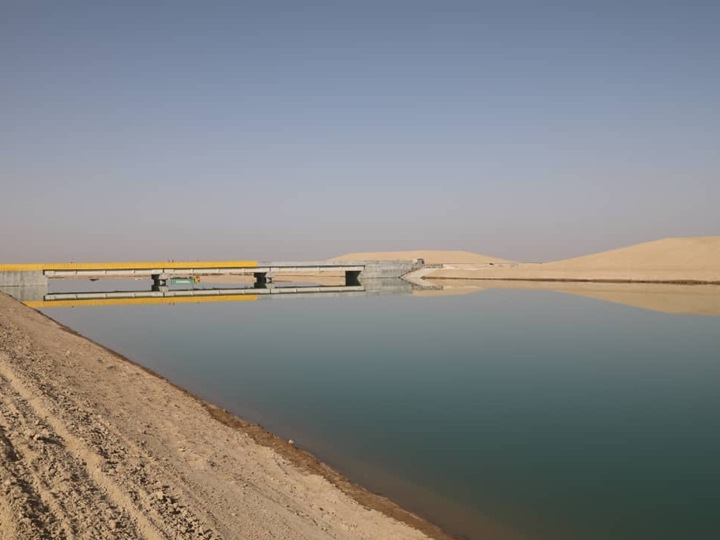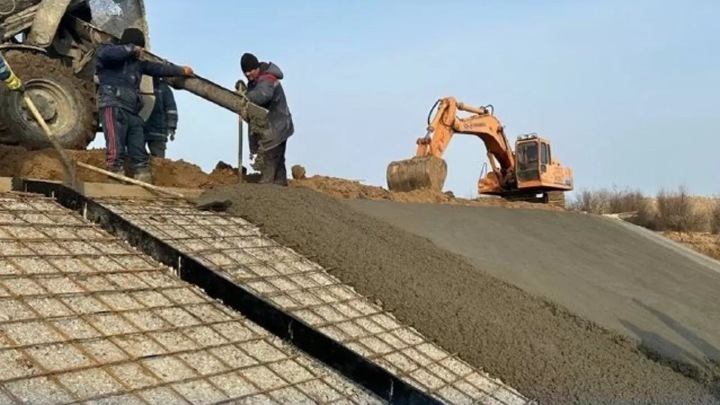Qosh-Tepa Canal: earthworks completed by 90 percent
Work on the second stage of the Afghan Qosh-Tepa canal is nearing completion, but this ambitious project continues to cause increasing concern among countries in the Amu Darya basin and the international community. There are serious concerns that large-scale water abstraction for the canal will aggravate the shortage of water resources in the region, lead to further degradation of ecosystems and aggravate interstate relations in Central Asia.

The President of the National Development Company of Afghanistan, visiting the construction site, said that the second phase of the construction of the Qosh-Tepa canal is progressing rapidly in various areas, 90 percent of the excavation work has been completed, and the remaining work is being carried out using two thousand pieces of equipment. Also, according to the president of the company, the construction of the head structures of the second stage has reached almost 80 percent readiness.
According to the assurances of officials, eleven bridges across the canal are currently being built to facilitate the movement of the population and transport. The contractor company of the project states that they are committed to completing the project in accordance with international standards.
Qosh-Tepa Canal CEO Zabiullah Miri claims that the construction work on the embankments and head structures is carried out with the “highest quality”, and most of the technical staff, from designers to field engineers, are Afghans. However, it is precisely the lack of independent international expertise and quality control that raises serious questions about the long-term sustainability and safety of the structure.
Meanwhile, the Chamber of Commerce and Industry of Agriculture and Livestock of Afghanistan considers the Qosh-Tepa channel as one of the most important projects for the development of agriculture and the country’s economy. Wasim Safi, executive director of the Chamber, says that the Qosh-Tepa canal is one of the most “significant canals for Afghanistan and the region,” and with its construction it will be possible to irrigate large areas of land, which will lead to “extensive agricultural development and job creation.” However, such a large-scale water withdrawal from the Amu Darya, a vital artery for Uzbekistan and Turkmenistan, will inevitably affect the water supply of neighboring territories and aggravate the ecological catastrophe in the region, which has already suffered from the drying up of the Aral Sea.
Qosh-Tepa Canal with a length of 285 kilometers and a width of 100 meters begins in Kaldar county of Balkh province, passes through the provinces of Jauzjan and Faryab and ends in Andkhoy county. Upon completion of construction, the canal is expected to irrigate more than 550 thousand hectares of agricultural land. The implementation of such a gigantic hydraulic structure without taking into account the interests of neighboring countries and a thorough assessment of transboundary environmental consequences carries serious risks of destabilization of the entire Central Asian region, increasing water stress and potential conflicts.
Original (in Russian): Канал Кош-Тепа: земляные работы выполнены на 90 процентов


